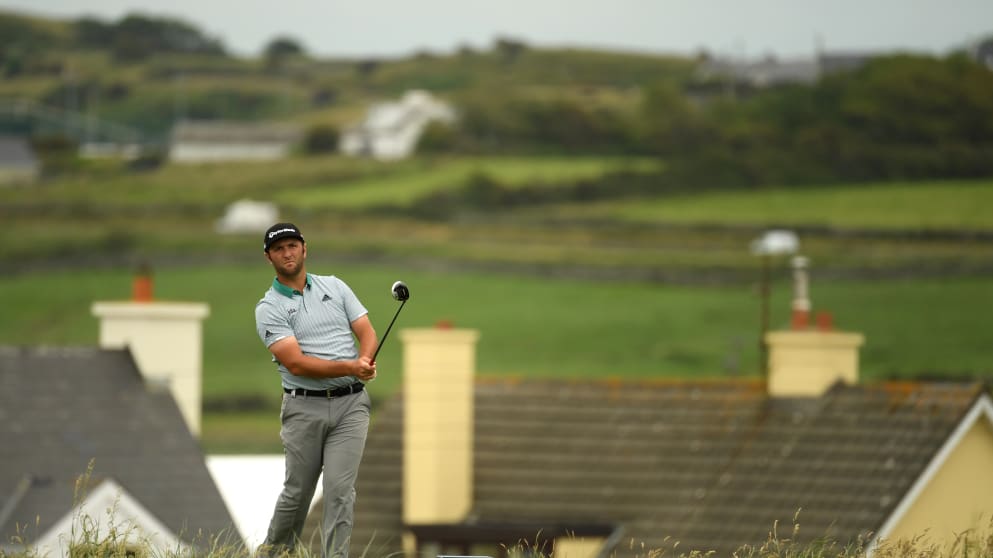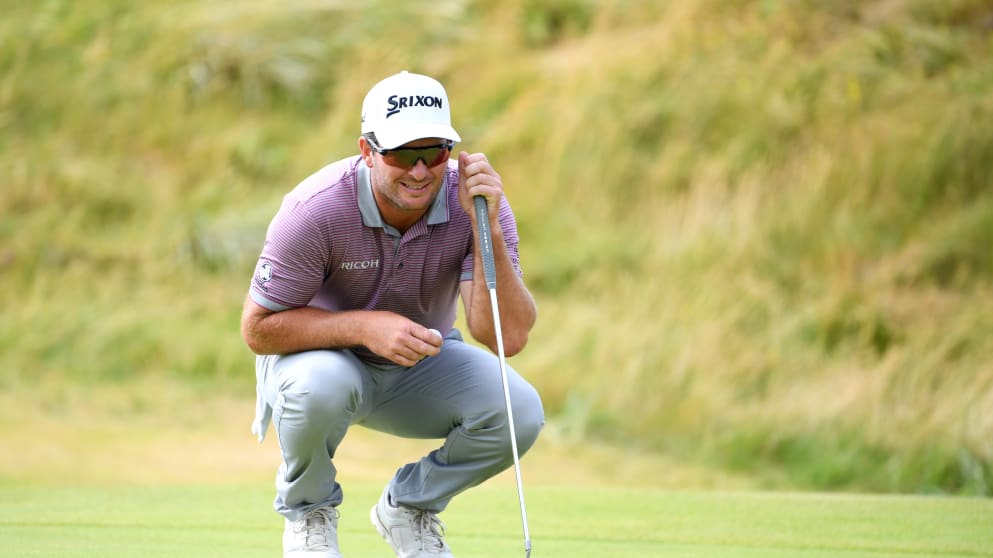With links golf returning to the European Tour at the beautiful Lahinch Golf Club for this week’s Dubai Duty Free Irish Open, the second Rolex Series event of 2019, we asked leading golf statistician Justin Ray to find out which player is the best performer on coastal courses.

By 15th Club’s Head of Content, Justin Ray
How do you we measure links success?
When determining what a links course is, we define it as ‘courses played on coastal set-ups in the British Isles.’
Looking back over the last ten years, there are 172 different players with at least ten starts in events that fit that description, and when measuring their success, we use the metric of strokes better than field average.
Strokes better than the field compares a golfer’s score to that of the rest of the field of players and calculates whether a player loses, or gains, shots compared to the field average after each round.
The top performers in that group are Adam Scott (2.64 strokes gained per round), Henrik Stenson (2.59) and Sergio Garcia (2.45).
Some other notable elite performers in that group include Rickie Fowler (ranked fifth in strokes gained per round), Justin Rose (seventh), Rory McIlroy (eighth) and Francesco Molinari (11th). When you change the minimum of rounds played to five instead of ten, some other prominent young stars emerge as the top performers: most notably Jordan Spieth (2.98 strokes gained per round) and Jon Rahm (2.23).

Which players improve the most on links courses?
This is where the data can be particularly revealing. Take Ryan Fox, for example. On these courses we have defined as ‘coastal set-ups,’ he has averaged 1.63 strokes gained against the field per round over the last ten years. That’s a remarkable 1.29 strokes better than his average on all other venues during that same span.
Eddie Pepperell is another over-performer on these courses, with a difference of 1.11 strokes gained per round when compared to all other setups. Other notables with a difference of half-a-stroke per round or more include Tyrrell Hatton (0.64), Tommy Fleetwood (0.61) and Richie Ramsay (0.57).
The players who stand out most
Fox is certainly an interesting case study, because his overwhelming power (he ranks second on the European Tour in driving distance this season) is playing a role. Typically, power players can take advantage of links setups when conditions are docile, but that ability is less prominent when the winds kick up.

Power is definitely not a prerequisite for links success, though. Players with less clubhead speed – and who aren’t as long off the tee – like Steve Stricker (2.24 strokes gained per round), Matt Kuchar (1.95) and Jim Furyk (1.63) have all been very effective players on these types of courses in recent years.
The thread of names who have performed best on these types of courses over the last several years – Scott, Stenson, Garcia – are all elite ball-strikers who rank among the top-20 worldwide year-in, year-out in strokes gained approach.
The key to elite performance on links courses
This decade, Open champions have hit 73 percent of their greens in regulation. That is about eight percent more than the average player hits week-to-week on the biggest tours in the world. Of the top eleven players on that ‘best links players’ list we talked about earlier, nine ranked in the top thirty worldwide in strokes gained approach the last two years.
Strokes gained approach measures player performance on approach shots. Approach shots include tee shots on par threes, and all shots that are not from the tee on par four and par five holes which are further than 30 yards away from the green.
Ball flight is always interesting when discussing performance in any kind of golf where wind is a factor. ‘Apex height’ of a tee shot measures the peak height of a player’s ball on an average drive. Of the top-12 players in strokes gained per round on these courses over the previous decade, nine ranked outside the top-40 in apex height.
Why experience is more important than home advantage
There wasn’t a single Irishman to finish in the top ten of the Dubai Duty Irish Open in either of the previous two years, and no Scotsman has won his home Open since Colin Montgomerie in 1999, so it’s hard to say that nationality plays an enormous role. I will point out, though, that players from Europe have claimed the last 14 Irish Open titles.
Where nationality might not play a big part, experience certainly can. Veteran players like Lee Westwood (1.45 strokes gained per round) Padraig Harrington (1.16) and even Darren Clarke (0.59) have assembled strong links resumes in recent years. There is a reason why six of the last eight Open champions have been 35 or older.
This style of golf is much different than what the PGA Tour features most prominently – there is always going to be value in getting repetitions playing the links style.
The best (according to the numbers) is...
According to strokes gained total, the answer is 2016 Champion Golfer of the Year Henrik Stenson. Over the last ten years, Stenson has gained, on average, 2.6 strokes per round on the field in links-style events, as we’ve defined them. Since 2008, he’s had two third-place finishes and a runner-up at The Open, in addition to his epic win in ’16, and as a result 'The Iceman' is simply the best on the links.






